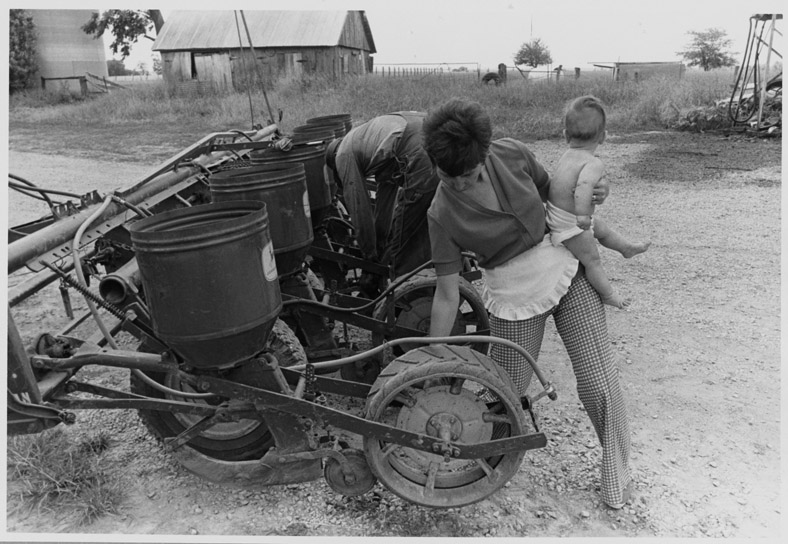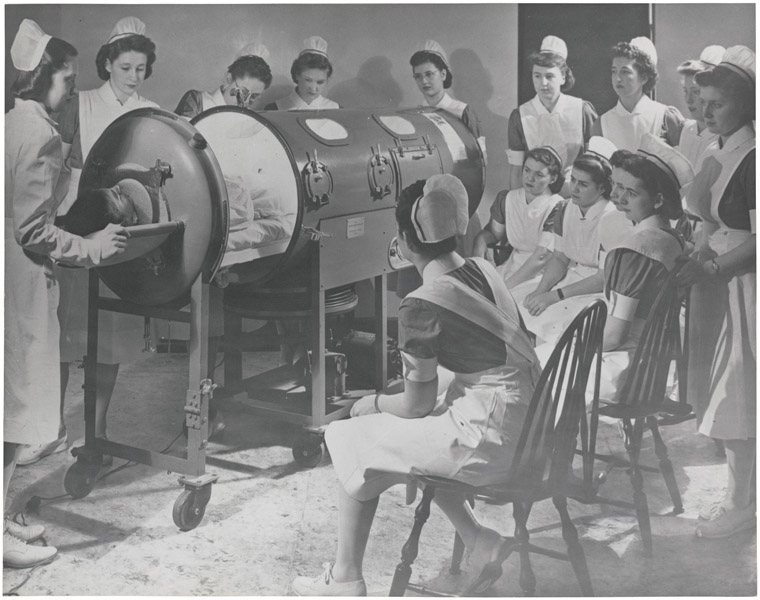When I was growing up in New York City, one of the great charms was the beauty of the city at night. Where I grew up there was a spectacular view of the Empire State Building, which is gorgeously lit in various colors to celebrate specific holidays. I posted a while back some images that I took of the City at night in the rain. But something that was really technically unthinkable back then was night time aerial photography, by which I mean from a moving plane or helicopter. Films were just plain to slow to produce anything but a streaky blur.
Today I came across some truly spectacular aerial images of NYC taken from a helicopter by photographer Vincent Laforet. So here is a great example of better living through technology: high speed lenses, high ISO digital camera settings, and gyroscopic mounts. Did I mention the part about hanging by a harness out of an open helicopter window at 7500 feet. And what I truly love is the mixture of street lights (sodium vapor lamps casting an intense yellow light) and other lights creating wonderful iridescent, pastel blues and purples. These are truly magical photographs. And yes, I even found an image with a view of the apartment that I grew up in. I like the series that I linked above because I think these images look best against a black background – a personal preference. But if you want to see more of Laforet’s images, I recommend a visit to his website, which has the added advantage that you can see his other work as well. Bravo!


